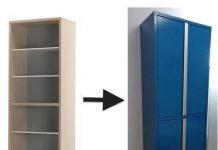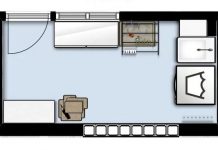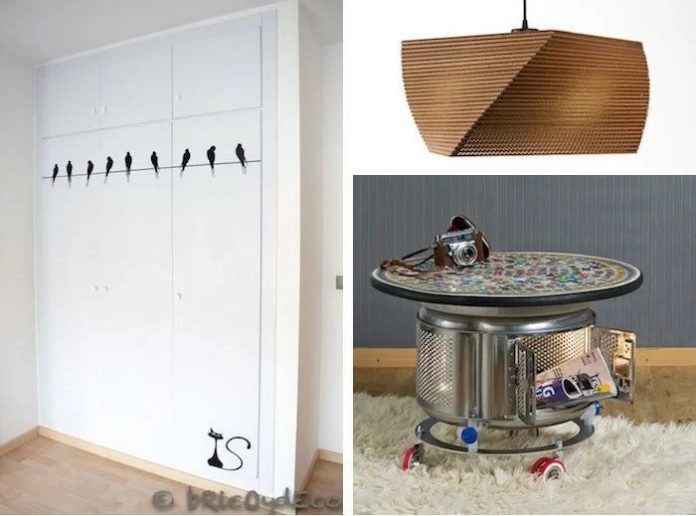
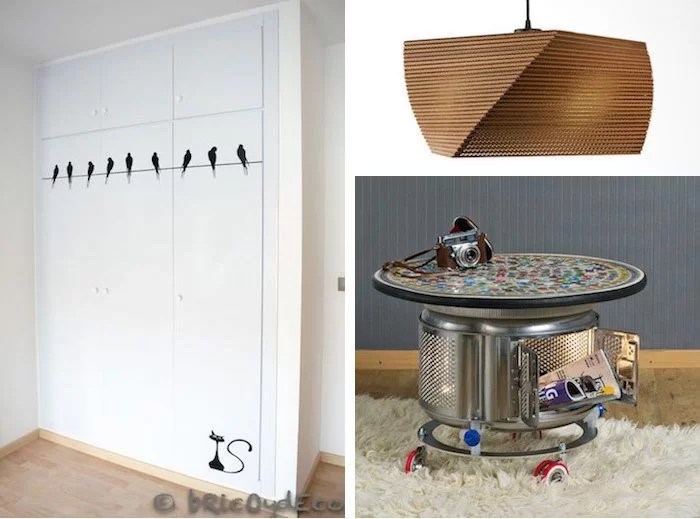
Recycling, upcycling and customization they are concepts that meet at least two of the three “rs” of recycling: reduce, reuse and recycle. All three stand out for their responsible nature and respect for the environment, however, contrary to what one might initially think, they do not have the same meaning. don’t miss the keys to know and differentiate what is recycling, upcycling and customizing..
Recycling, create with recycled materials
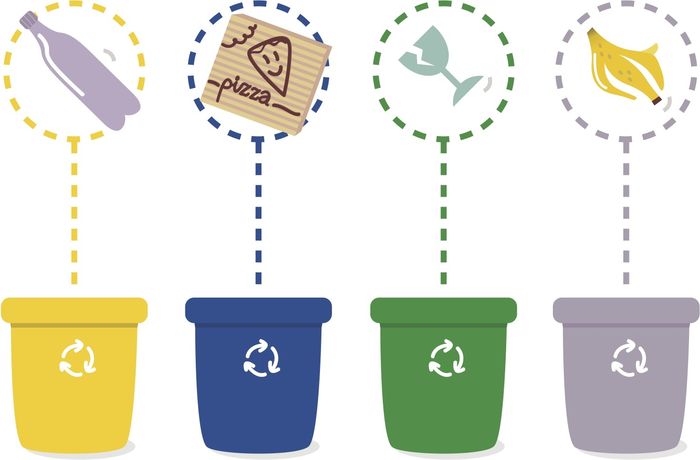
Image: trashcans.net
Recycling is the creation of new objects from recycled materials. Recycling entails a series of environmental advantages:
– The consumption of raw materials is reduced.
– Reduces energy consumption.
– Atmospheric pollution caused by waste incineration is reduced.
– Promotes the reuse of materials.
We can all contribute to recycling by taking materials such as glass, paper, metal, plastic, textiles or used oil to the corresponding collection points, which will be treated for reuse as recycled material.
In addition to the most common examples of recycling, such as the creation of paper from recycled paper or glass bottles, there are many objects that are produced and designed from recycled materials:
Soap and cleaning products with used oil.
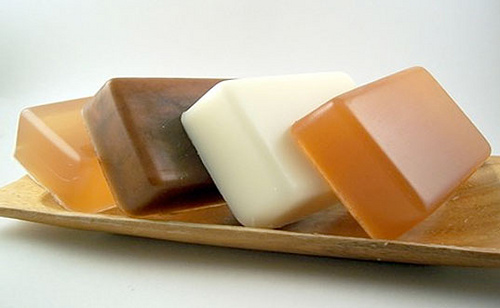
Avantpack Packaging, SL is a Valencian company that manufactures pallets from recycled plastic.
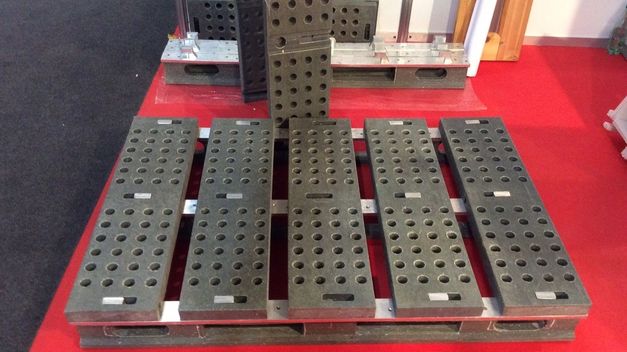
Image: avantpackembalajes.com
Although it seems incredible, this piece of furniture is made with cardboard.
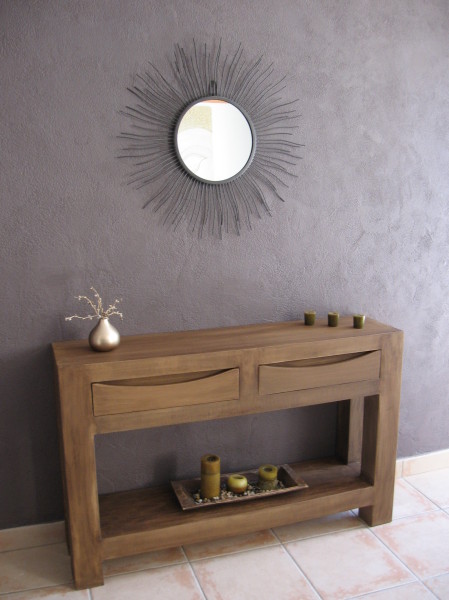
The Spanish company K-lo Taller de Ecodesign assembles recycled cardboard lamps by hand with solvent-free glue.
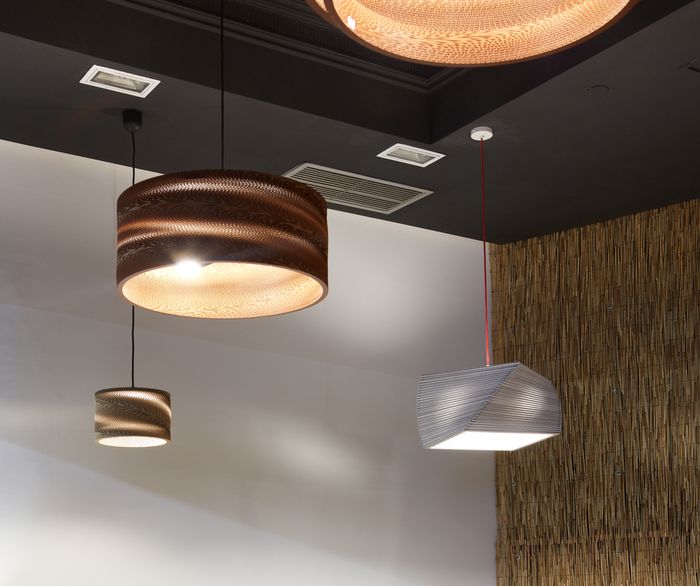
Image: lamparasdecarton.com
The metal with which the Outdoorzgallery company makes these chairs comes from old road signs.
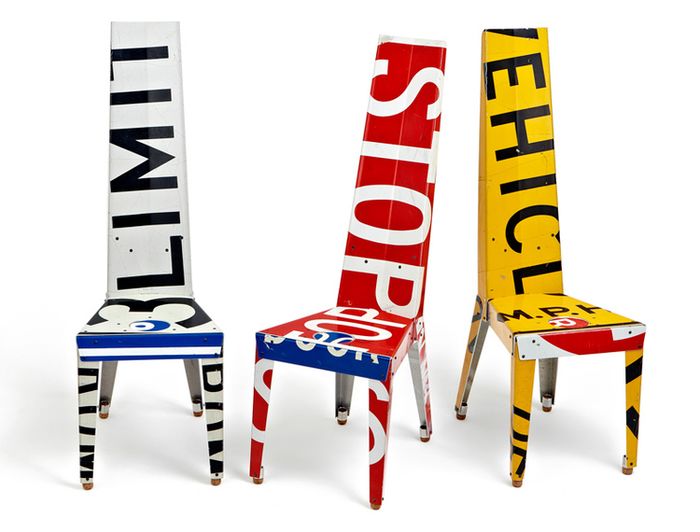
Image: outdoorzgallery.com
The Lilokawa company uses recycled jute from coffee bags to make poufs, cushions, baskets, etc.
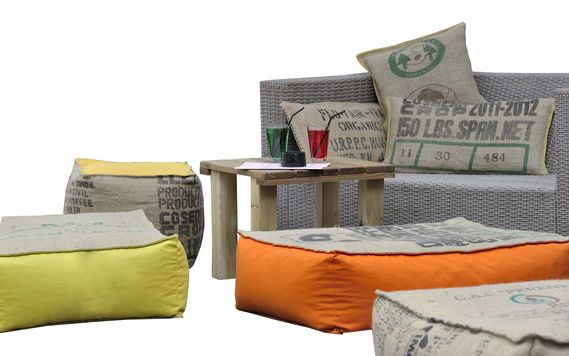
Image: lilokawa.com
Upcycling, adding value to the old and used
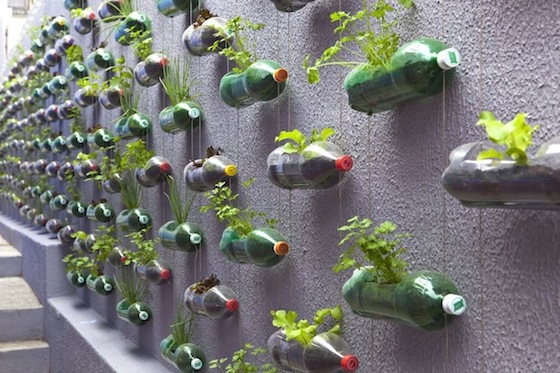
Upcycling or «supra-recycling» consists of converting a used object and what can we find in the garbage, in another improved and with a different use than the initial. From an ecological point of view, upcycling complies with two of the three ecological “Rs” since, on the one hand, it reduces the consumption of new objects and raw materials, and on the other, it reuses them, prolonging their useful life, providing them with added value.
Upcycling also supposes a creativity and ingenuity challengeit is surprising the number of objects that can arise from one that in principle had been discarded or was obsolete.
There are many examples of upcycling, one of the best known being the use of pallets to transform them into a multitude of objects (you can see more examples at this link).
In Creative Recycling they have used coffee capsules to create beautiful decorative planters.
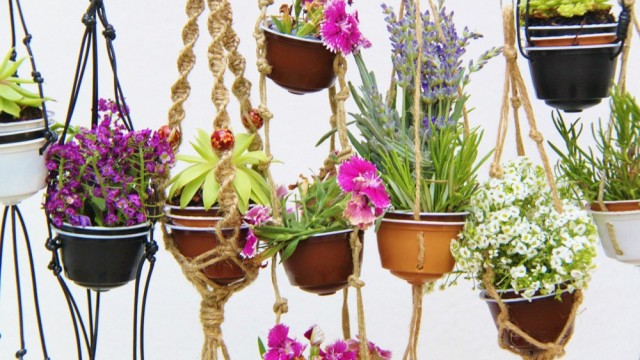
Another example of upcycling is the recycling of glass bottles and jars to turn them into vases. You can see the step by step of these bottles/vases here and here.
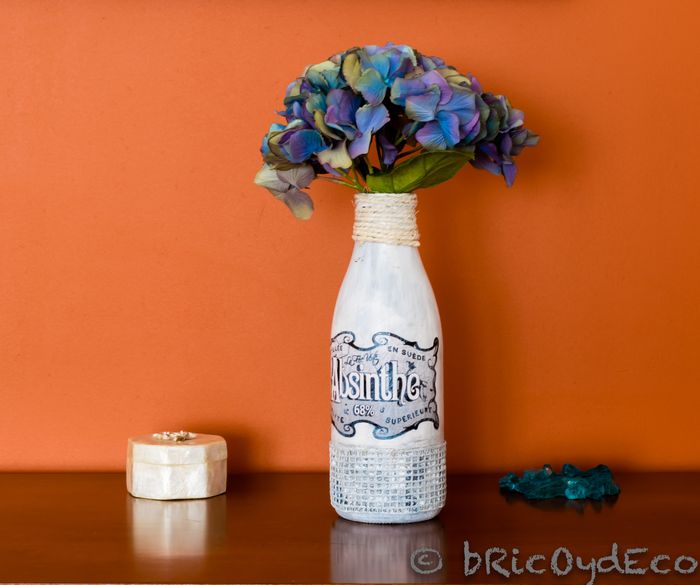
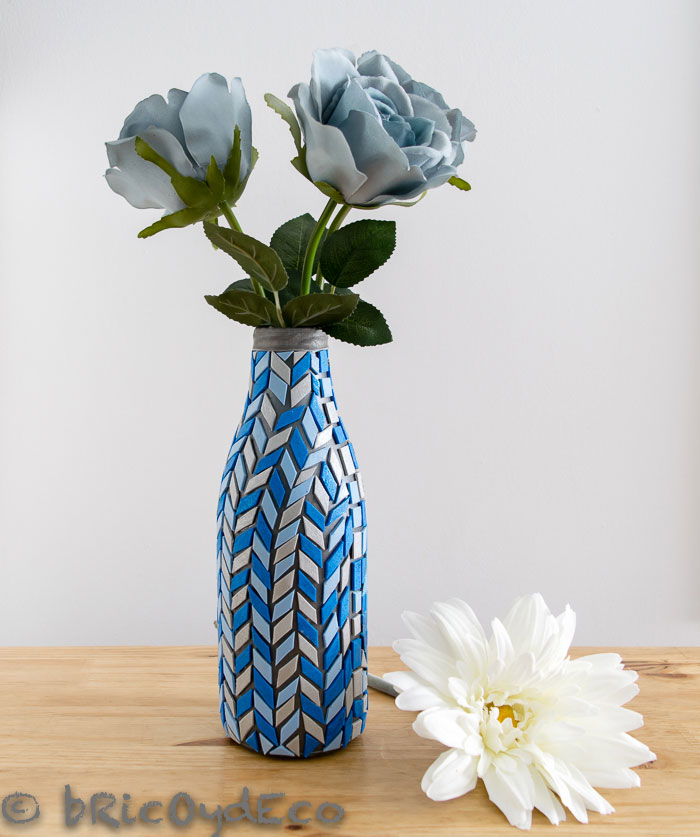
Another ingenious and creative idea is to transform the drum of a washing machine into a side table.
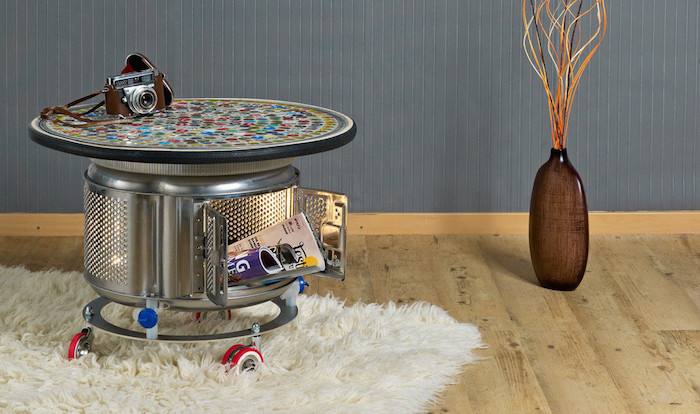
Image: beatriceanlauff.com
In the following image you can see two examples of upcycling combined in the same object: reusing an old tire as a pouf and decorating it with yarn from used clothes.
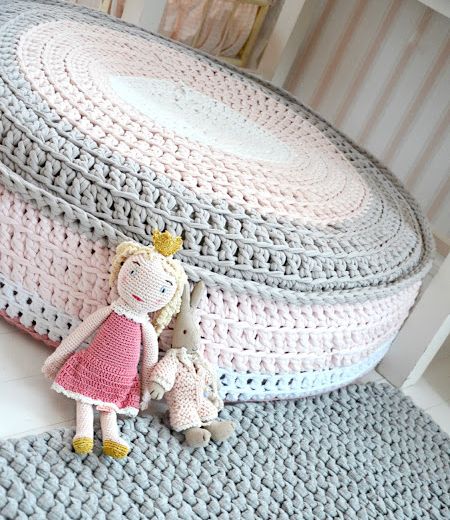
Image: kaunispienelama.blogspot.ie
Customizing, the art of reviving
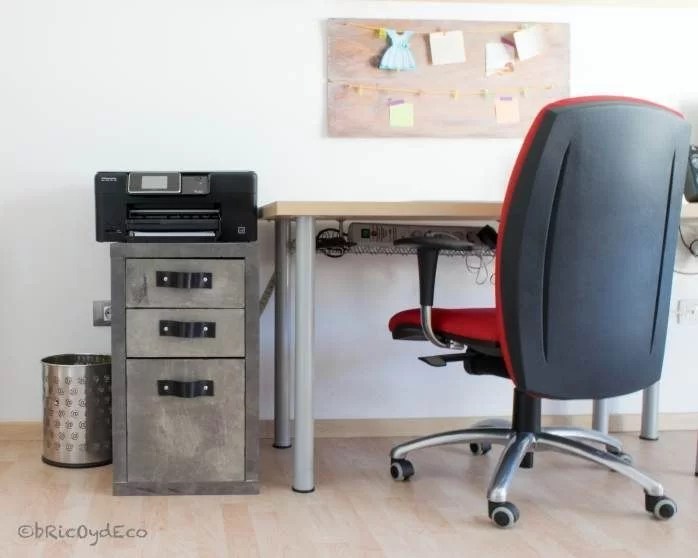
Throwing out a piece of furniture because it’s old, out of date, or a bit run down? Do not even think about it!!! Customizing consists of restoring, renovating, updating or tuning furniture, clothing or objects to personalize or adapt them to a new space or style..
Thanks to customizing we reuse furniture, clothes and objects that we already had instead of discarding them and buying new ones. In this way we manage to “deprogram” your planned obsolescencewhich is normally determined by fashions and trends.
Another way to prolong its useful life is through repair or restoration, for example a scratched piece of furniture can be polished, painted, lined with vinyl, replace the damaged part…
In particular, you already know that I am passionate about customizing, in fact you can find several examples of it in this blog:
Give an industrial look to a chest of drawers with blackboard paint (you can see the step by step at this link).
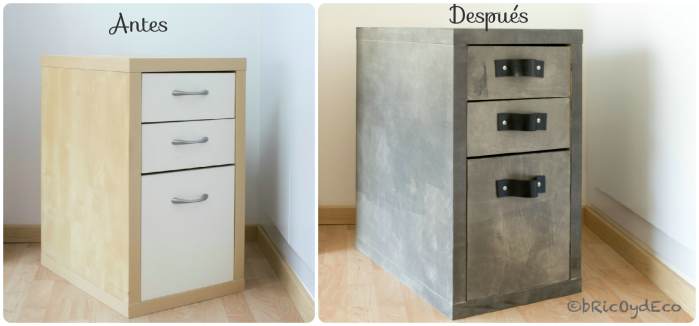
Paint a bookcase with spray and transform it into a wardrobe (you can see the step by step in this link).
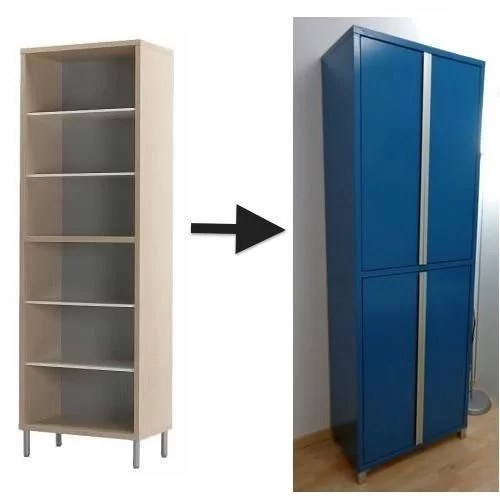
Redecorate a fabric with textile vinyl (you can see more examples at this link).
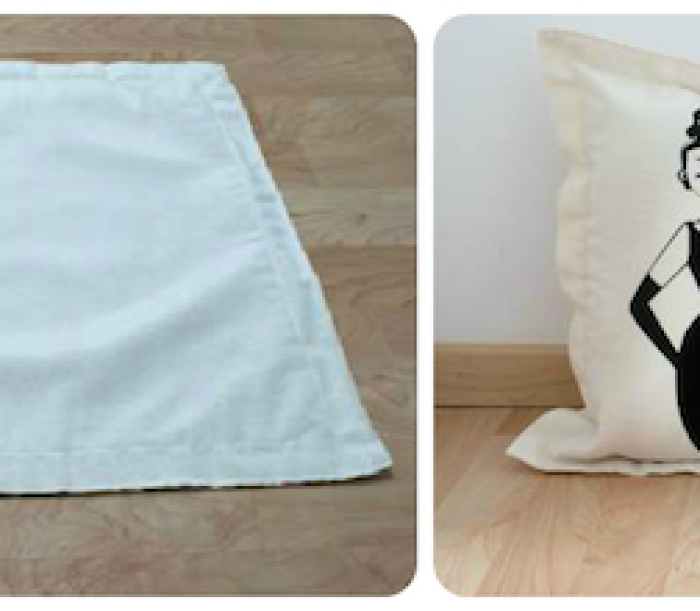
Bring an old bedside table to the present (you can see the step by step in this link).
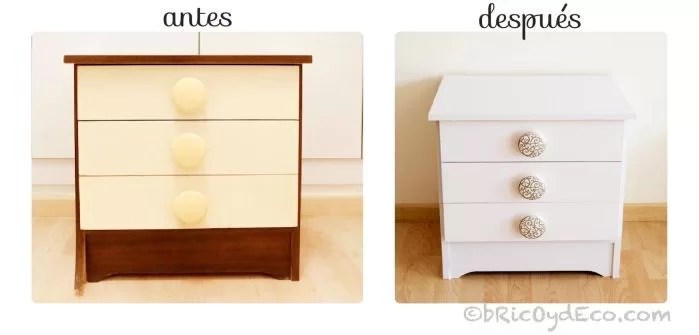
Completely renew the doors of a wardrobe without changing them (you can see the step by step in this link).
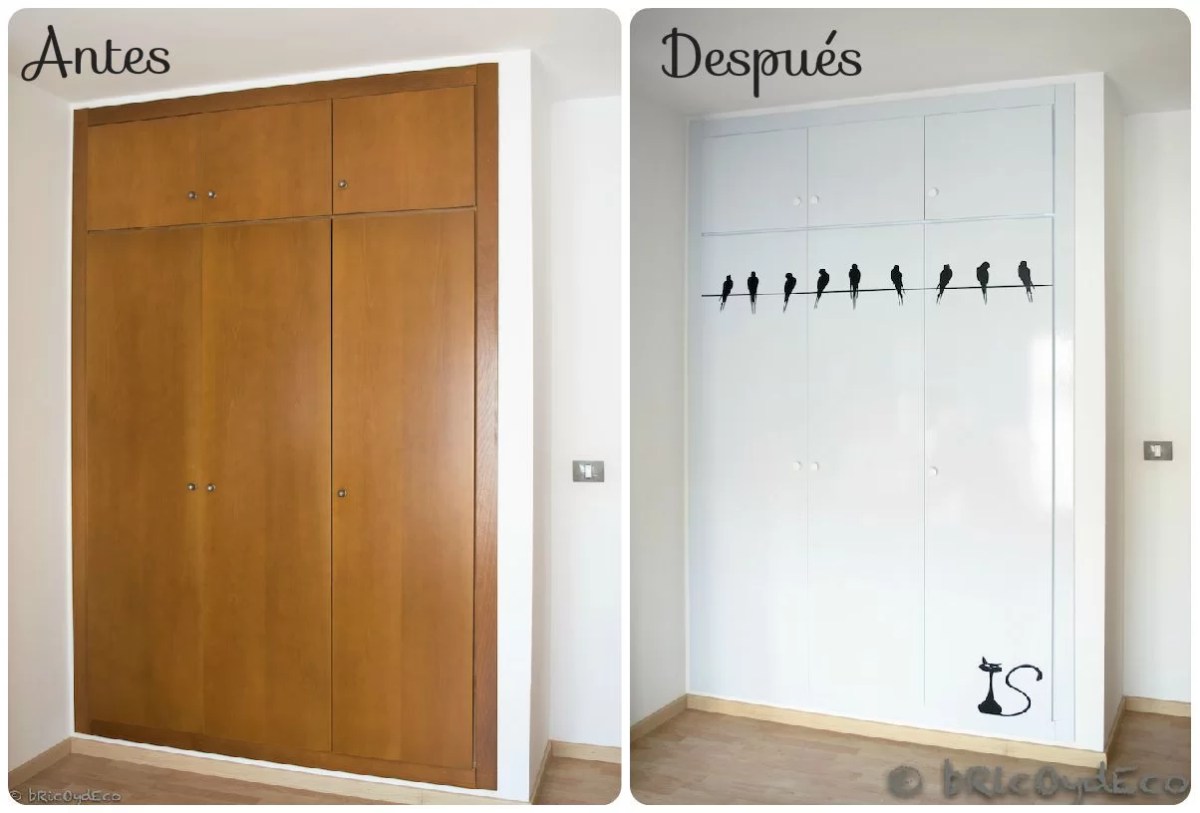
did you know the terms recycling, upcycling and customization? Have you ever done a project like this? I personally believe that recycling should not be taken as a fad or trend, but rather as something necessary to contribute to economic, social and ecological sustainability.
You can find more ideas to practice recycling, upcycling and customization at . Don’t miss the free workshop on Techniques to renovate melamine furniture that will take place on 6-13-2015 at the Diy Show fair. Thank you very much for commenting and sharing!

